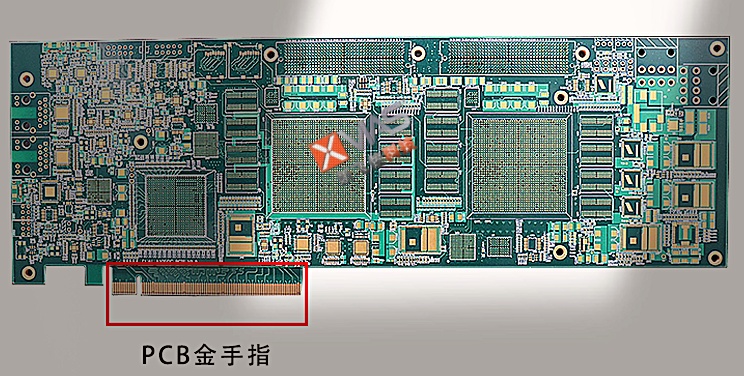The term "gold fingers" on PCB circuit boards refers to the metal connectors at the edges, which are usually covered with a gold layer to enhance their conductive and corrosion-resistant properties. Here, we'll take a closer look at this critical component. As the bridge between the motherboard and the monitor, the gold finger carries the burden of signal and data transmission. To ensure the smooth operation of the computer, it is important to keep the gold finger clean and intact.
The gold finger serves as a connector or slot interface to efficiently connect other devices and electronic components. Under certain circumstances, it can also be used as a bridge between PCBs, simplifying the assembly process.
Its design is flexible and can be customized according to actual needs. Located at the edge of the PCB, the unique shape of the gold finger makes it easier to plug and unplug. Through the gold finger, the PCB board can be quickly connected with other equipment to realize the signal transmission and data exchange.
The production process includes positioning, metal coating, plating treatment and surface treatment to ensure even metal layer coverage and enhance performance.
In PCB design, Gold Finger not only provides connectivity but also enhances the overall performance. It makes wiring more flexible and meets the needs of various application scenarios. At the same time, its quality and design also directly affect the reliability and stability of the PCB.
In short, Gold Finger is an indispensable component in PCB circuit board processing, which is crucial for circuit connection, data transmission and device interconnection. Careful design and production of gold fingers will enhance the performance and reliability of PCBs and meet the needs of complex electronic devices.


